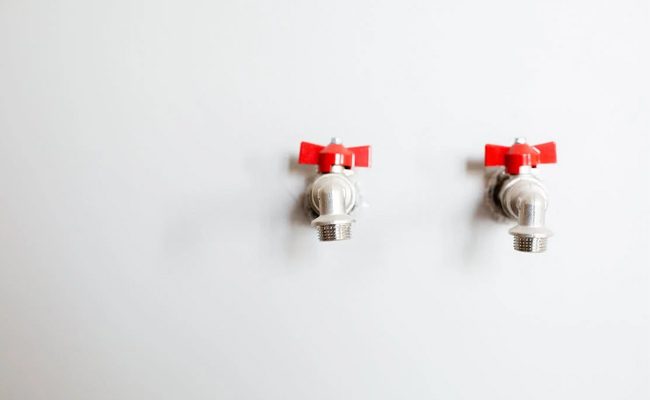
Plumbing, the hidden yet vital backbone of our residential comforts, is often overlooked until an issue arises that brings everything to a standstill.
Understanding your home’s plumbing system isn’t merely for the “DIY” enthusiasts or professionals like your trusty plumber in Irvine, CA. It’s an essential body of knowledge for any homeowner aiming to keep their home in optimal condition and even potentially save money on unnecessary repairs.
This article aims to provide a comprehensive look at the elements that make up your residential plumbing system, from pipes to fixtures.
The Water Supply System
Every plumbing journey starts with water supply systems. Imagine a river flowing from its source to tributaries, branching out and providing life-giving water. That’s essentially your water supply system, often maintained by your local water company. However, a key player here who helps you connect with the system efficiently is your local plumber. For instance, a plumber in Irvine, CA, ensures that the water reaches your home through a series of pipes under controlled pressure.
The supply system is made up of pipes of different sizes and materials. PVC, copper, PEX, and galvanized steel are common types, each with its own advantages and considerations. Understanding what kind of pipes you have can help you maintain them properly and plan for replacements when necessary.
Drain-Waste-Vent (DWV) System
Now, what goes in must come out. The Drain-Waste-Vent system is responsible for this, carrying wastewater and sewage out of your home and releasing sewer gasses safely. The system operates mainly through gravity, with pipes angling downward from fixtures to sewer lines or septic tanks.
Notably, vent pipes play a significant role in maintaining pressure and allowing water to flow smoothly. They extend up through the roof, allowing gasses to escape and air to enter, ensuring that the drainage pipes work efficiently.
Fixtures And Appliances
Fixtures are what make a plumbing system functional for everyday living. They include sinks, showers, bathtubs, toilets, and more. Each fixture comes with traps (a curved section of pipe) that hold a small amount of water to prevent sewer gasses from entering your home.
Furthermore, some home appliances like dishwashers, washing machines, and water heaters are also integrated into the plumbing system. These have specific connection needs and sometimes require additional elements like pressure regulators or temperature control devices.
Plumbing Codes And Standards
Plumbing isn’t a “free-for-all” system. There are specific codes and standards set in place to ensure safety, efficiency, and the overall integrity of the system. These codes dictate aspects like pipe material, sizes, fixture placements, and venting requirements. Homeowners, builders, and plumbers must adhere to these standards.
It’s crucial to be aware of these codes and standards when planning home renovations or repairs. Working with a professional who knows them thoroughly ensures your system is compliant, avoiding possible legal and safety issues.
The Role Of Maintenance
Last, but certainly not least, is the role of maintenance. Plumbing systems, like any other home infrastructure, require regular upkeep to stay in peak condition. Regular maintenance can prevent minor issues from turning into major, costly repairs.
Routine checks for leaks, blockages, and corrosion, alongside professional inspections, help ensure your system’s longevity. A few preventative measures such as not pouring grease down the drain, installing drain screens, and insulating pipes can go a long way in maintaining the health of your plumbing system.
In Conclusion
Residential plumbing is an intricate network of systems working together to provide a service we often take for granted. From water supply systems to fixtures, every part plays a crucial role in ensuring your home’s smooth functionality.
By understanding these elements, you can be proactive about maintenance, efficient in handling emergencies, and knowledgeable when working with professionals.
Leave a Reply